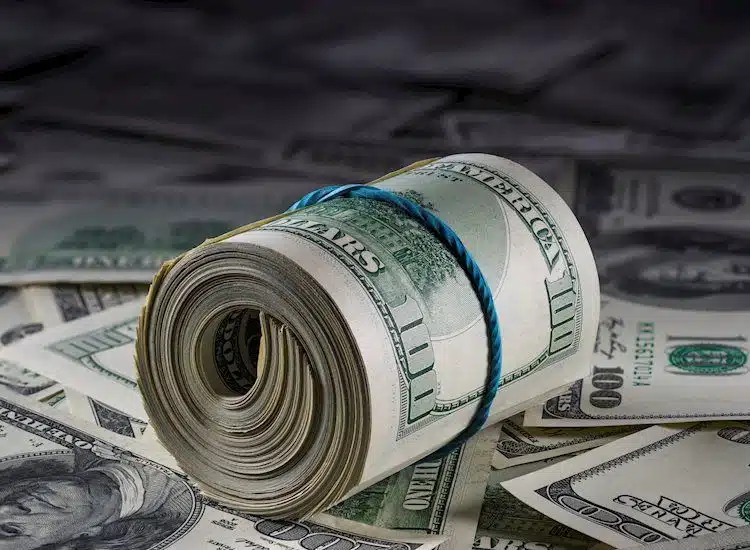Economists at ING are expecting the US dollar to be mildly offered this week as they await for the National Federation of Independent Business (NFIB) small optimism index. A sharp fall in US small business optimism and a further dip in pricing intentions may soften the dollar slightly.
The rest of the world has been awaiting economic plans from US President Donald Trump, which he is yet to announce. The reality now is that the “Trump reflation story” has compelled investors to take a more realistic approach. According to market analysts, the “huge uncertainty” created by the new commander-in-chief is the main factor currently driving market sentiment.
The US dollar index (DXY) can probably drift back to the 102.00 area in the short term, which some analysts say may be boosted by positive sentiment emanating from European trading floors. Most major European currencies are considered to be “heavily undervalued,” with the British pound about 20% undervalued, the euro 18% undervalued, the Swedish krona 17% undervalued and the Norwegian krone 12% undervalued; the Danish krone and Swiss franc are also undervalued.
Despite the fact that the European Central Bank has signalled its intention to slowly withdraw from its ultra-loose monetary policy, prospects of a fiscal boost seem unlikely due to weaker growth in Britain and upon Member of Parliament’s imminent approval of the Brexit negotiating lines, which may come as no respite for the British pound.
Furthermore, long-term speculation over European growth may hint towards potential inflation, and with the US Federal Reserve embarking on a tightening cycle, it would not be very surprising to see the US dollar faring pretty well, given it has managed to weather most of the storms thrown at it since the inauguration of President Trump.
However, the question remains: will the US dollar continue trending downwards, or is there a chance President Trump will change his tune? Unfortunately for the US, until all of President Trump’s “America First” campaign has been cleared up, the future trajectory of the US dollar is anybody’s guess. In the meantime, some experts take solace in the idea that a slightly undervalued euro will make European investments more attractive, while British and European assets will also be slightly undervalued against the dollar.
Nevertheless, improving economic conditions in Europe could provide more stimulus than most, including the European Central Bank, expected. However, there is a chance the improved growth in Europe and the UK could lag if inflation remains stubbornly low, as this could indicate that historically low interest rates and extensive bond-buying programmes (which leave economies more reliant on central bank stimulus) may come to an end sooner than most experts had anticipated.
This week, the markets will be looking towards important US releases including the NFIB small business optimism index, which has reportedly lagged a little in small business employment growth, but is expected to show a pick-up ahead of the Federal Reserve’s interest rate decision next week.
To summarise: the NFIB index, which measures business employment growth, will be the main focus for analysts this week, given it has lagged behind in its forecasts lately; however, most are expecting a rebound ahead of the Federal Reserve interest rate decision in the coming weeks. In the meantime, analysts are keeping an eye on US employment statistics, which have shown a steady decrease over recent months, in a bid to spot any trend that may emerge.


